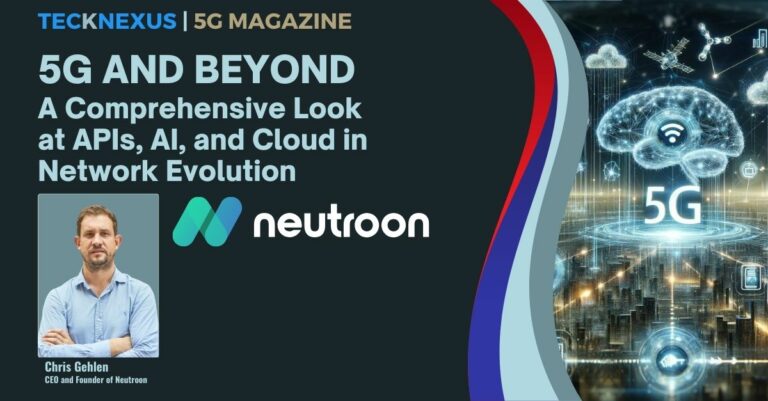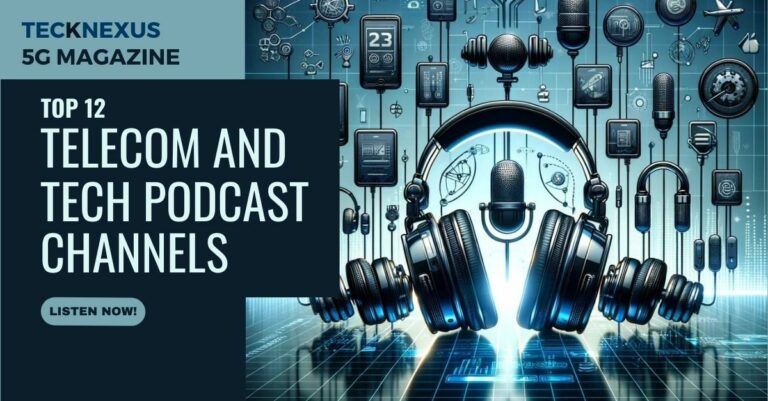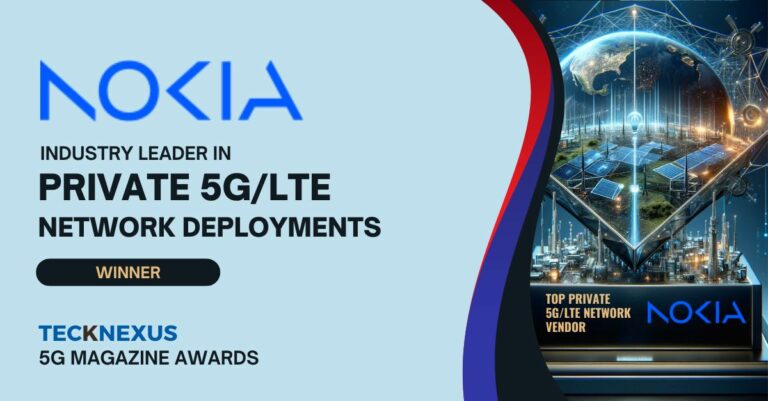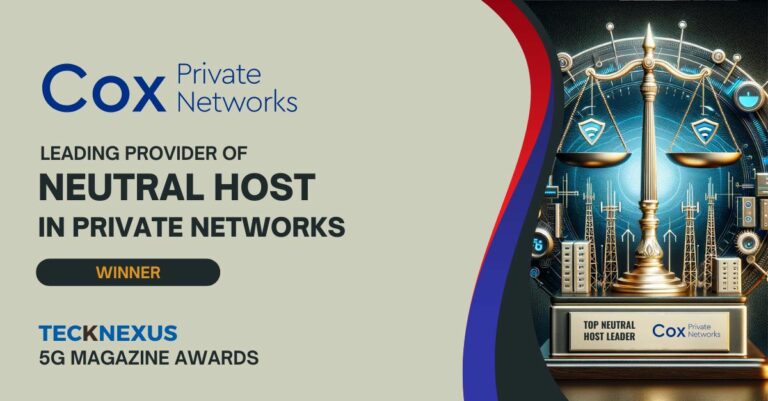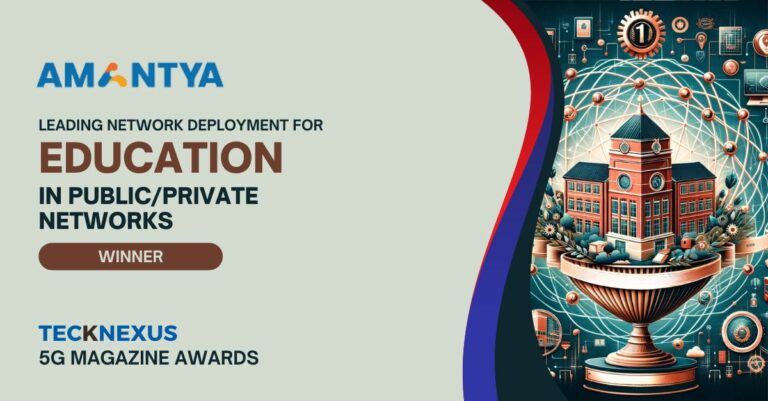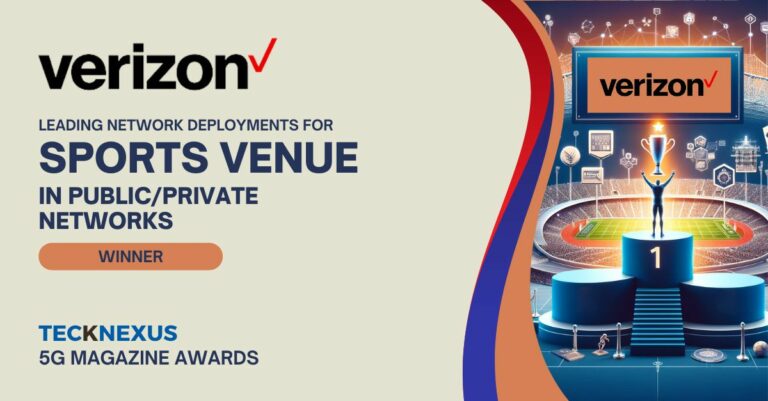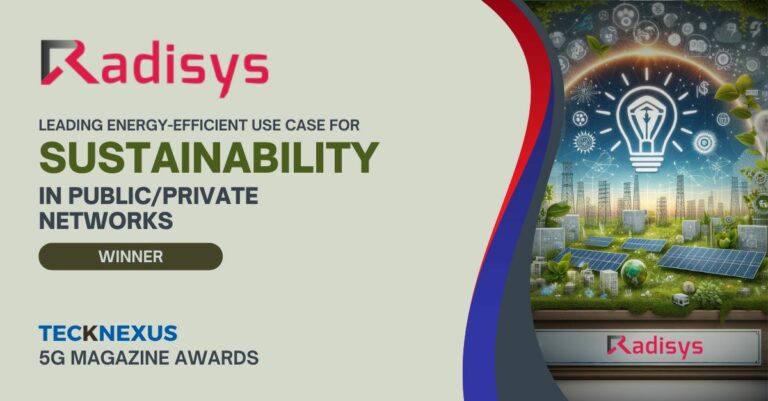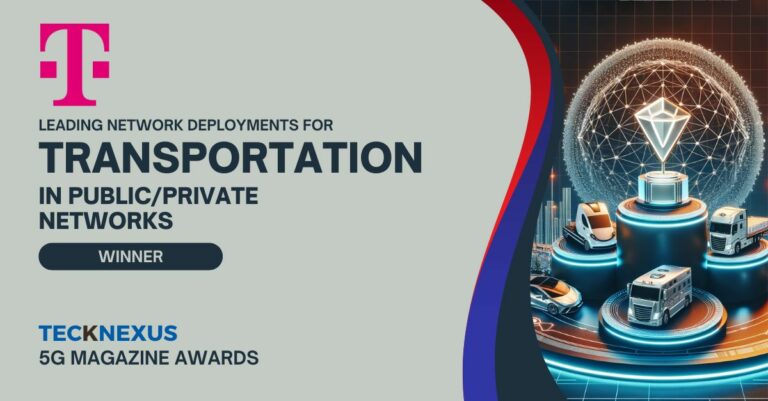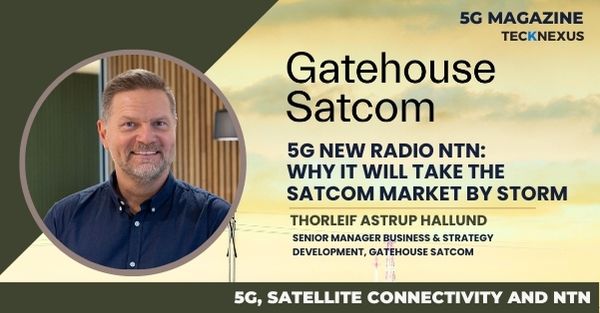The year 2022 was a comeback year on many different levels. Businesses started to build a new post-pandemic world with a cold war type of tension between political blocks.
Supply chain as a weapon – In western countries, we have realized that global logistic chains are very vulnerable and can be used even as a weapon.
Increase automation to keep current cost levels – At the same time population is getting older, and in many places and industries, we suffer a labor shortage. In the field of non-public networks, this is seen as a significantly increased interest. There is a common understanding that we need to increase the level of automation significantly to be able to keep the current cost level when manufacturing and farming more products in western countries.
Politic block thinking – Politic block thinking is of increasing importance. Chinese technology manufacturers are seen as suspicious, and limiting technology export to Russia is high on the agenda again.
5G complexity in private networks – In non-public networks, 5G means a stand-alone solution. 5G is a very promising technology, but it has proven to be complex and unmatured, especially when using western technology providers. This, I assume, has led industries to take a closer look at 4G technology and find out if that could be used to get to the next level of the automation cycle started.
Predictions for 2023
4G come back!
Industry 4.0 use cases can be divided into two separate technological use areas, IT networks and automation networks. On the IT side, requirements for connectivity are significantly relaxed when it comes to latency and jitter. In many new use cases, productivity can be enhanced by introducing non-public networks. For example, using LTE, we can easily cover an area of a 1km radius. This is much more than we are used to with WiFi.
In a private LTE network, latency is 20+ ms, jitter can be managed, and capacity is around 100 Mbps per eNB when using a 20 MHz channel. This is definitely enough to fulfill IT and HD video application needs. Even basic-level automation can be done. Cost-wise, LTE non-public network HW is comparable to Industrial WiFi, and because there is a need to have significantly fewer units in LTE-based systems than in WiFi technology, the overall cost is lower. This is because the cost is mainly driven by needed cabling. LTE covers larger areas, and you have smooth handovers.
5G will mature
During 2023 we will see more and more 5G SA-capable devices that can be used in non-public networks. We also will see more than one box 5G SA gNB, which makes the installation of 5G SA significantly easier than it has been during the year 2022. The major difference will still come from rel 16 capable devices. During the year 2023, we will have the first URLLC modems available. I hope somebody will also publish Ethernet PDU-based chipset.
URLLC with Ethernet PDU is the basic requirement to get into the automation networks that will then allow a new level of low-cost automation networks to be introduced. During 2023 we will see the first real automation use cases, even without an Ethernet PDU session. These use cases will be something like automated farming, snow/grass removal from airports, and video control based on drones. All these use cases will require robust, low latency, and very secure communication. The same 5G network can also be used to meet IT network requirements. This target is achieved by using network slicing to create different logical networks with different capabilities.
6G hype will start building!
We are living on a planet that is warming. The Internet consumes roughly 20% of all electricity, and it is forecasted by Ericsson’s mobility report (Nov 2022) that mobile network traffic will be 3X in 2028 compared to 2022.
This will mean a significant increase in electricity consumption if nothing new won’t come up. To be able to reduce electricity consumption significantly, we need to redesign the Internet, and that will have an impact on access networks. In mobile networks, this will mean yet another G. Importance of global warming and reducing energy consumption because political tensions will be more important in 2023 than ever before.
Fight for frequencies
Mobile operators have paid billions of Euros and Dollars to governments for having a frequency among themselves. So far, it has made sense because mobile network technology has been complex and requires a significant amount of investment and workforce to purchase a mobile network and operate a mobile network. Today with fully virtualized core and low-cost radio equipment, this is not the case anymore.
Frequency plans like CBRS in the USA will change the business model, and it will create turbulence between the government, industries, and mobile operators. Mobile operators are not able to invest in 5G SA technology because the business has not grown during the last decade. At the same time, automation needs to increase, and tensions will start building up in many countries.
The question of the year, will AR/VR finally arrive?
AR/VR use cases have been demonstrated for a very long time. Will there be the first major AR/VR use case during 2023? Many companies have bet high on AR and VR technologies. This sounds like a classic hype curve. End of the hype curve, there will be an application that takes the market like storm, and a completely new area of business will arrive.
Could AR/VR be connected to Web 3.0 and have a way to separate true from fake? Could this happen during 2023?



